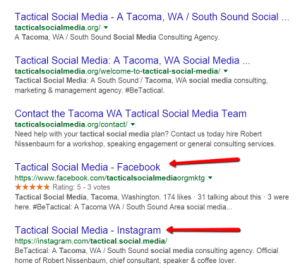
If your business is similar to most IT companies, success stories are likely to be the most valuable marketing content you can produce. Done right, these stories overcome skepticism, shorten sales cycles, and help close deals. This form of sales literature provides real-world evidence of how a product or service makes a difference. The best success stories are convincing testimonials that help prospects identify with—and desire to emulate—your satisfied customers.
But what does an effective success story look like? What should it include? Who should tell the story? How long should it be? Whether you plan to use the story in a case study, blog post, video testimonial, presentation, social media communication, or as part of some other deliverable, four ingredients are essential for maximizing the impact of a story that promotes your products and services.
1. Let the customer tell the story.
A success story offers a unique opportunity for a satisfied customer to sing your praises. For potential customers, learning about product benefits from a third party that has used the product in the real world can be tremendously influential in their purchasing decisions.
Make sure the voice of your satisfied customer shines through by including a substantial quantity of quoted material. Chances are you’ve already produced Web pages, data sheets, and white papers that allow customers to dig deep into your explanations of your unique technologies and product features. A success story should provide a fresh perspective. Be sure to let your customers tell their real-world stories about your product. This will make the final piece inherently different—and more credible—than content that centers solely on how your company sees the world.
2. Focus on benefits.
A success story should explain the challenges that led the customer to make a change, describe the solution, and then focus on the benefits. The majority of the content—by far—should highlight the benefits, which will help your potential customers understand how the solution can have a real, measurable effect on their business.
3. Quantify.
Whenever possible, emphasize quantifiable benefits. A rule-of-thumb formula goes like this: Devote 15 percent of the success story content to challenges, 25 percent to the solution, and 60 percent to the benefits.

The success story content pyramid
Maybe your customer has saved $ 2 million, reduced energy consumption by 40 percent, expanded the business into five new countries, or accelerated the time to market from one year to six months. By presenting metrics, you enable your prospects to quickly grasp the impact of your product, and you may even help them make a stronger business case for the success they’ve already achieved.
4. Keep it crisp.
To capture and maintain your audience’s attention, keep your success stories concise and to the point. Most written success stories can be told in 1,000 words or less. Success stories embedded in presentations, social media, or other materials should be much shorter. Focus the story on the most important points and lose the rest. Remember, readers are busy people, too.
The appearance and organization of the success story should help readers understand the story and its key messages quickly. Consider including a short summary paragraph or use bulleted highlights on the first page. Create engaging subheads that draw readers in and let them scan the sections for the information they need. With well-written headlines, subheads, bullets, and pull quotes, a reader can get the gist of the story in just a few moments.
These four ingredients are vital for an effective success story, but keep in mind that they describe only the finished product. To better understand what goes into an effective customer success program, see a description of the TDA approach.
(209)






